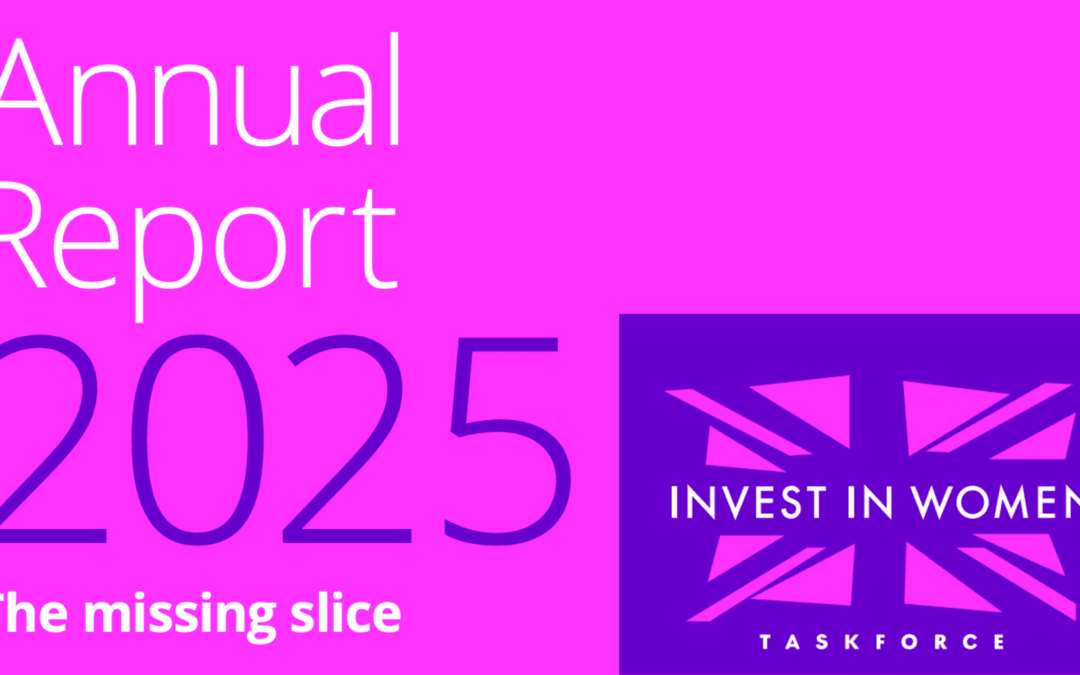New business costs have been set out by the Labour government, here’s how to prep for the imminent fiscal measures
Last October, as part of her first fiscal Budget, Chancellor Rachel Reeves confirmed multiple key changes to UK business costs which were reinforced at last week’s Spring Budget.
To ensure that your business isn’t hit with unnecessary costs we have outlined the key points that you should be aware of.
First, from 6 April:
- Employer National Insurance will rise from 13.8% to 15%.
- The employer National Insurance threshold will be reduced from £9100 to £5000.
- Capital gains tax will increase to 18%, and 24% for some assets.
- The interest on late tax payments will increase by 1.5%.
It’s vital that you are aware of these tax changes, and whether your business is affected. Typically, different tax rates will apply to different businesses depending on their size and annual turnover.
These changes come alongside a wider Government crackdown on tax avoidance and make up a package of reforms aimed to raise money for vital public services.
In addition to these changes, from April 1 the national minimum wage will increase from £11.44 per hour to £12.21 per hour for employees aged 21 and over. Younger employees and apprentices will also receive wage increases.
More broadly, businesses – like households – should also take into account the likelihood of increasing energy bills. However, there will be no change to VAT rates or thresholds.
There are some moves designed to help businesses ease administrative burdens and get access to the funding they need to succeed.
Employment allowance will also be increased to £10500 and will become more widely accessible – this allows businesses to reduce their National Insurance contributions by up to the nominated amount of £10,500.
Also, Making Tax Digital for income tax, an initiative to modernise the tax system by easing processes, will be expanded to include more small businesses.
We know that navigating these changes can be challenging for businesses, but it is important to remember that guidance is available.
Click here for more information on the new tax rates and thresholds, as well as employment allowance and the new minimum wage.
For information on Capital Gains rates visit these Government pages, and to learn about late tax payments, click here.




